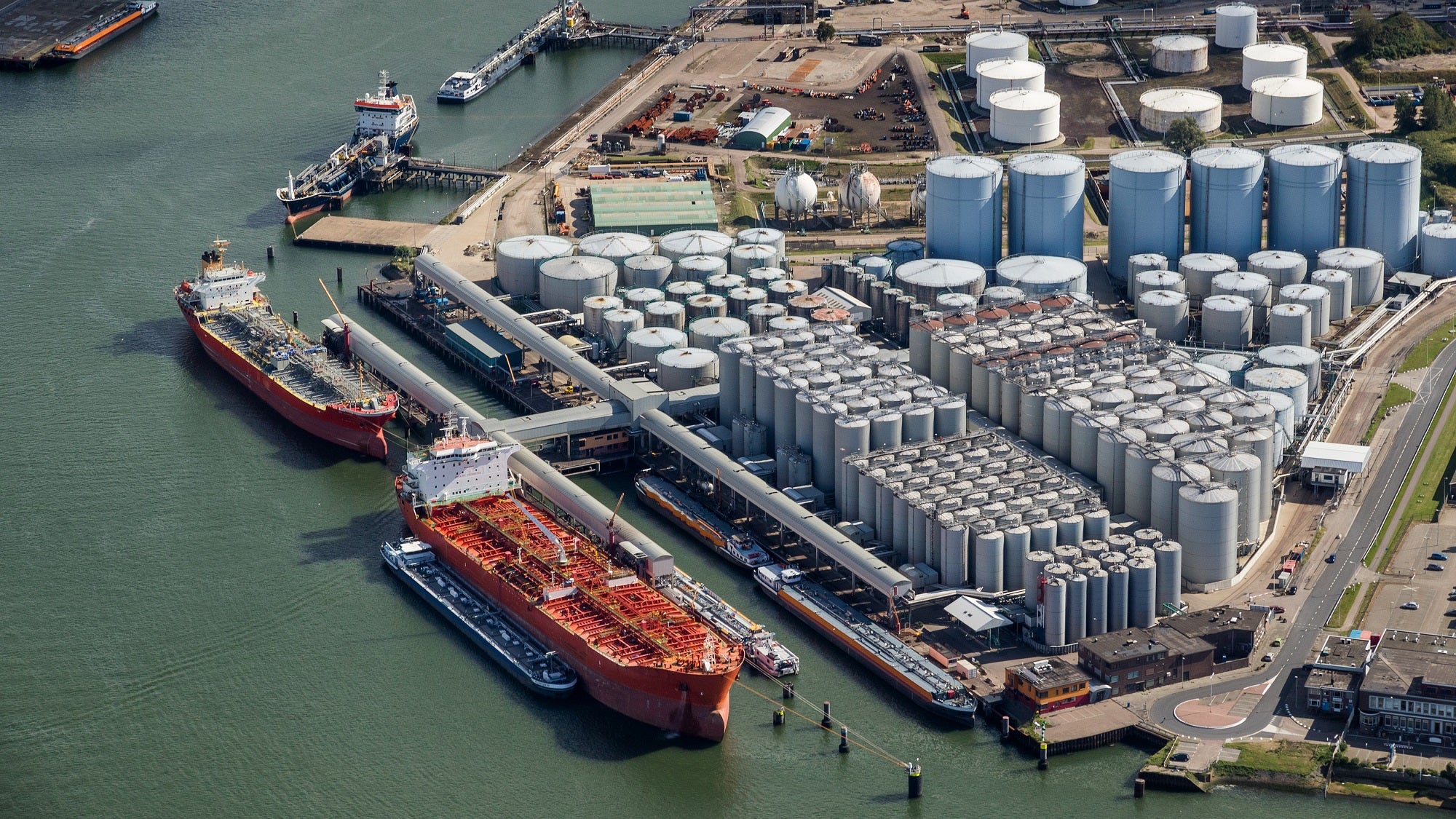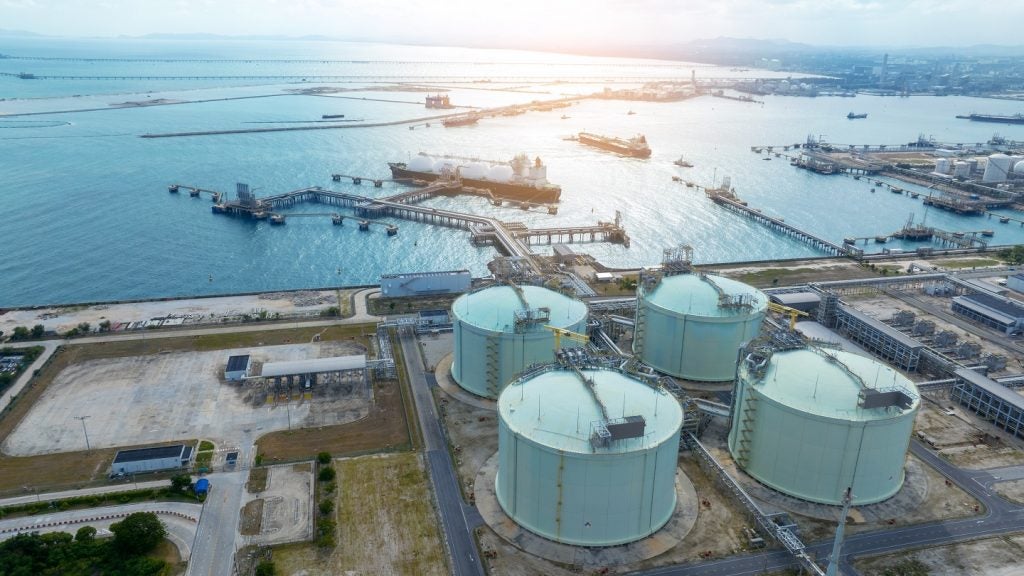
The Government of India is considering a proposal to use floating storage units (FSUs) to dispense liquefied natural gas (LNG) to trucks inside ports, reported the Economic Times.
The proposals will serve as a road map for the construction of LNG storage facilities at nine significant ports under the administrative supervision of the Shipping Ministry.
LNG terminals are already present close to Deendayal Port, Chennai, Cochin Port, and Kamarajar Port.
The Shipping Ministry has administrative jurisdiction over large ports, while state governments and their maritime boards oversee the remaining ports (non-major).
As per the plan, the FSU provides the flexibility to utilise the same ship as an LNG carrier for the initial period when gas send-outs are low.
“Capital investment is low and this saves LNG chartering cost for the initial few lean years,” a senior government official told the publication.
How well do you really know your competitors?
Access the most comprehensive Company Profiles on the market, powered by GlobalData. Save hours of research. Gain competitive edge.

Thank you!
Your download email will arrive shortly
Not ready to buy yet? Download a free sample
We are confident about the unique quality of our Company Profiles. However, we want you to make the most beneficial decision for your business, so we offer a free sample that you can download by submitting the below form
By GlobalDataInstalling a tank and adding extra regasification capacity makes converting to a land-based terminal simple once natural gas consumption increases at these ports.
The source added that other nations such as Nicaragua, the Philippines, Ghana, and Ecuador have also embraced this strategy.
These initiatives are consistent with India’s ambitions, outlined in the Harit Sagar Green Port Guidelines 2023, to decarbonise its ports.
The guidelines’ main objectives are to limit waste through the practices of reduce, reuse, repurpose and recycling, to attain zero-waste discharge from port operations and to encourage monitoring based on environmental performance indicators.
Additionally, they are in line with the National Green Hydrogen Mission’s port-related objectives as well as the creation of green hydrogen facilities, LNG bunkering and offshore wind energy.







